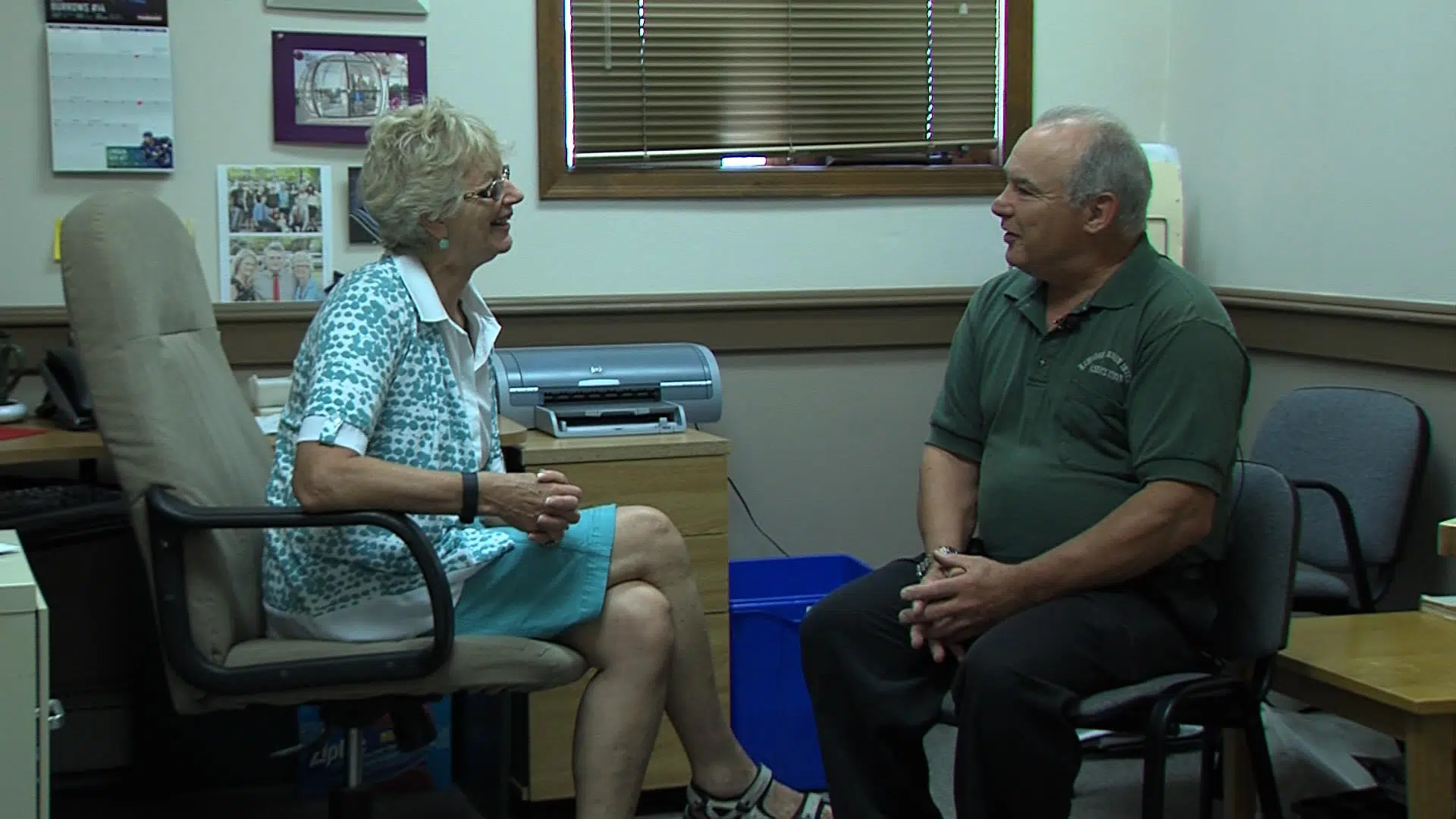
Brain injuries impact hundreds in Kamloops
KAMLOOPS — It isn’t always obvious and the severity of it is often dismissed. There are so many varying degrees of brain injuries that it’s often difficult to know that someone suffers from one.
June is Brain Injury Awareness Month, a time dedicated to raising awareness and understanding around the complexity of brain injuries, and just how common they are.
New diagnoses are being made everyday, and most people living with a brain injury are diagnosed long after the injury has occurred.


